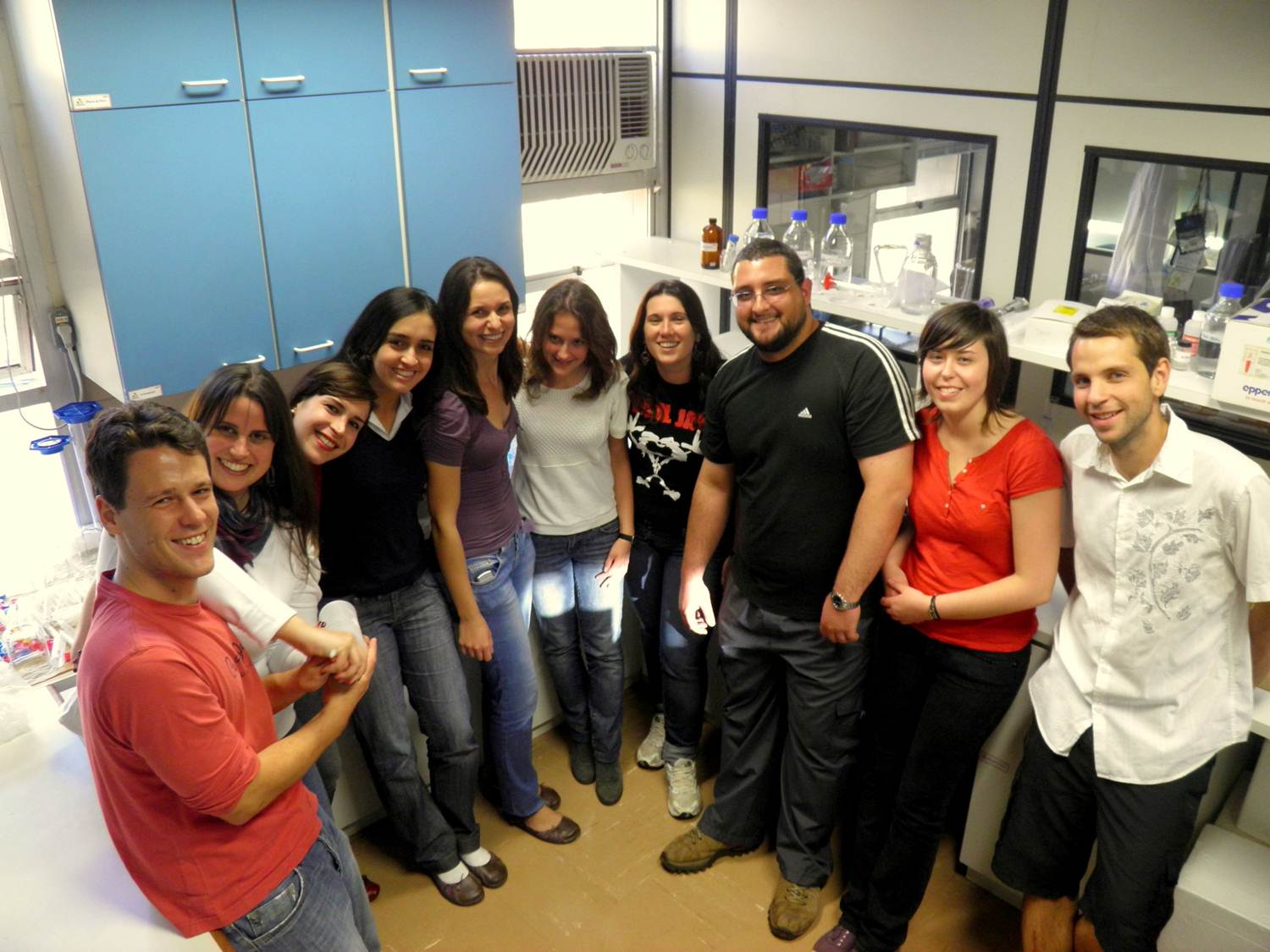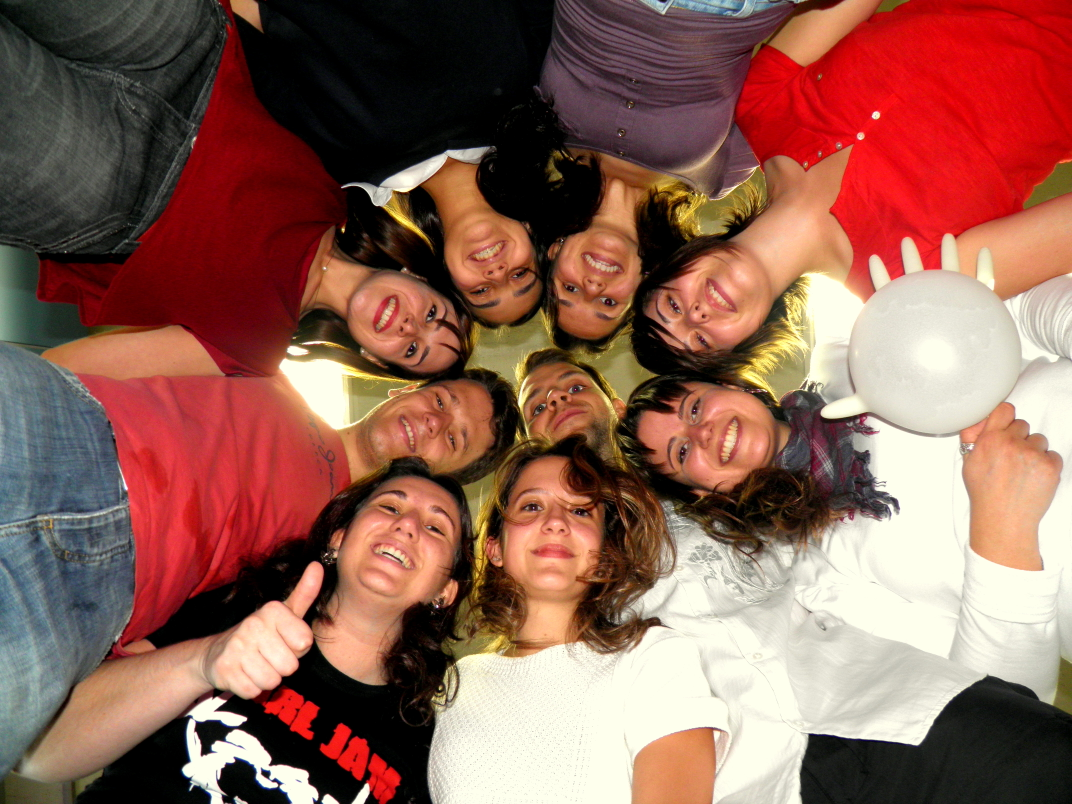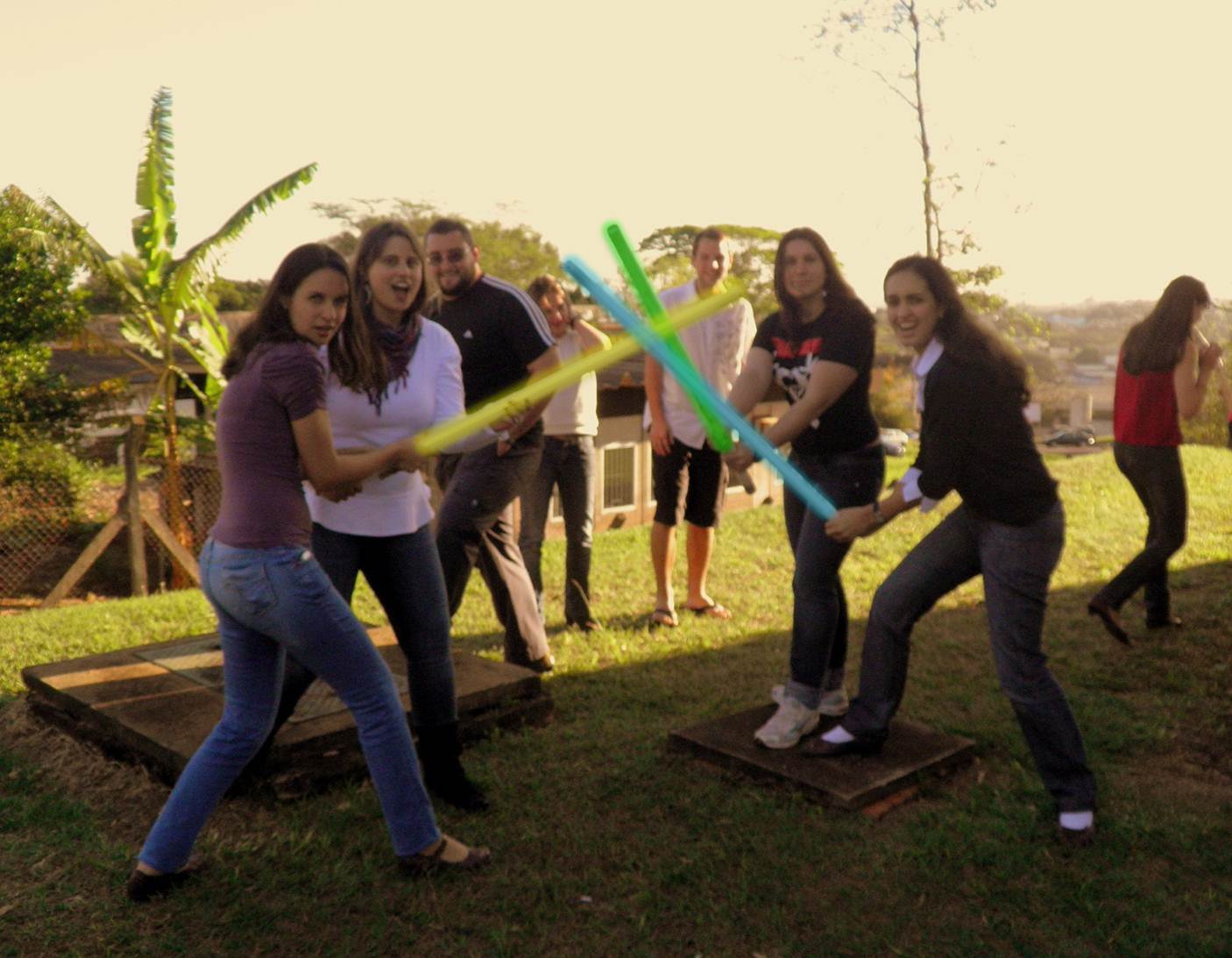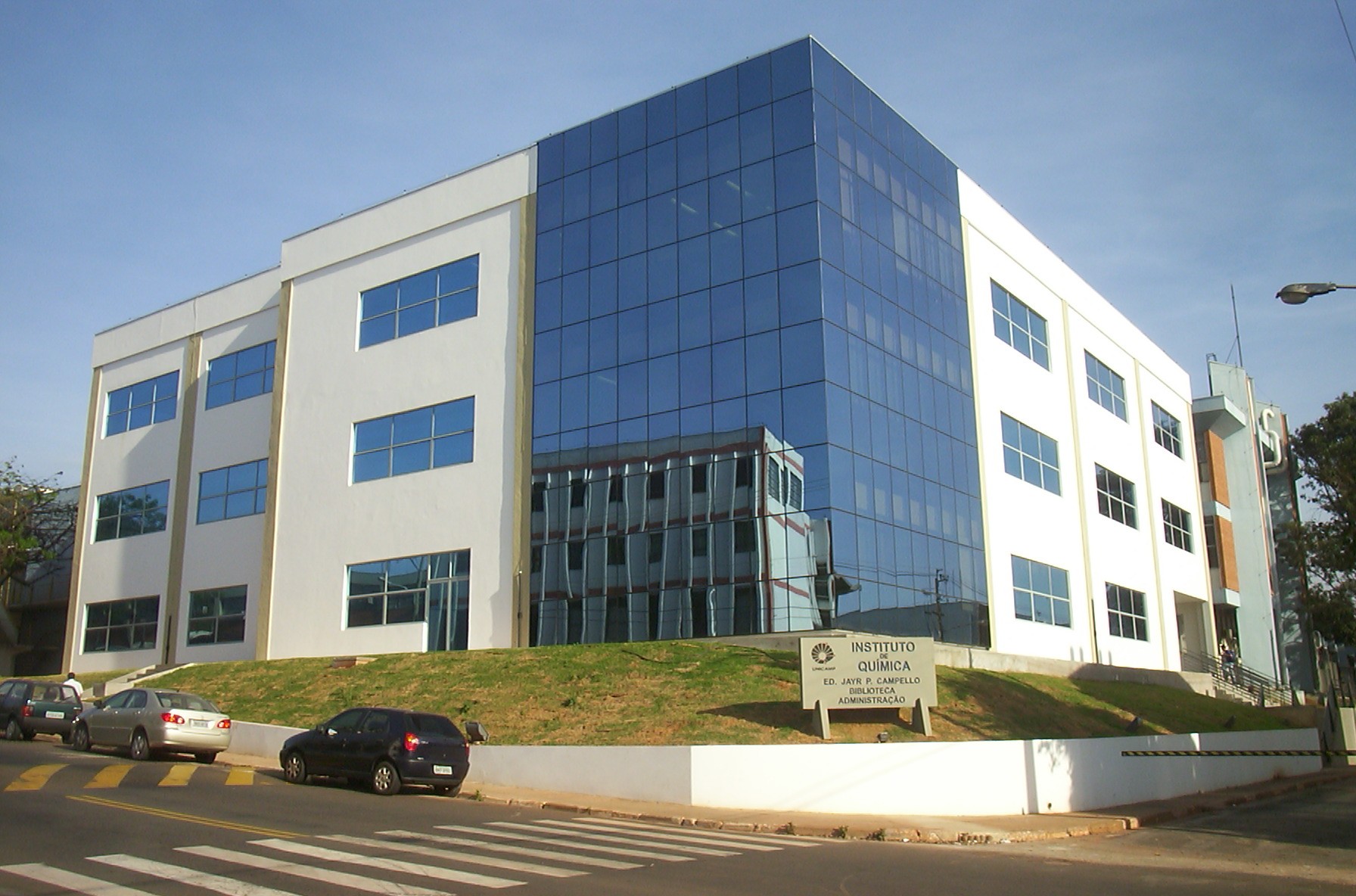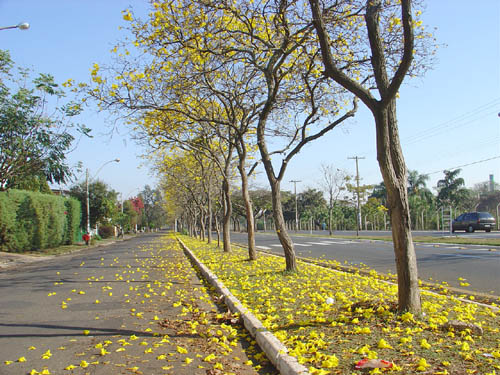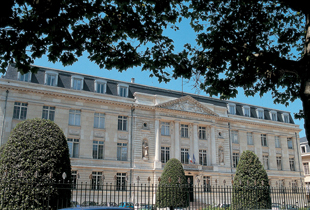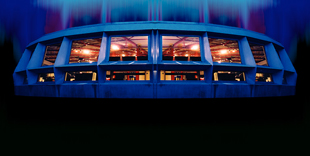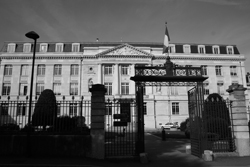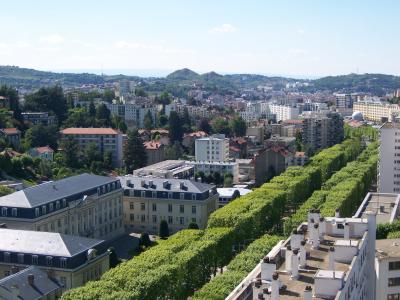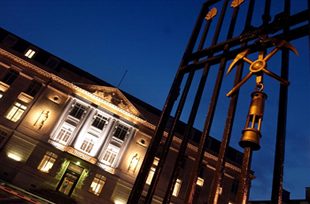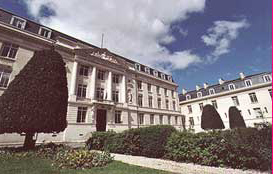Team:UNICAMP-EMSE Brazil/Team
From 2011.igem.org

| Home | Project | Methods | Results | Data | Team | Notebook | Human Practices | Safety | Profile | Sponsors | Wix |
Contents |
Who we are
Students


|

|

|

| |
| Claire Villette | Danieli C. Gonçalves | Izabella Pena-Neshich | Juliana Canto Duarte |

|

|

|

| |
| Louise Marais | Marc Emery | Marianna T. Pinho Favaro | Thibault Sabattier |
Advisors


|

| |
| Nemailla Bonturi | Marco Antonio T. Marinho |


|

|

| |
| Iolanda Albuquerque | Jeremie Pourchez | Valérie Forest |
Instructors


|
| |
| Dr Renato Vicentini | Dr. Didier Bernache |
Explicit love demonstration for iGEM

Team Pictures at Brazil
Attribution
The Stress Wars Project was developed by the binational team UNICAMP-EMSE in the Systems Biology Laboratory facilities located in the Center for Molecular Biology and Genetic Engineering (CBMEG) of the Campinas State University (UNICAMP - Brazil). Project members worked as a team and we are proud to have a binational team in which members could bring different and complimentary experiences.
The host laboratory provided most of the infrastructure, equipment and laboratory material needed for the project. Other laboratories located in the CBMEG kindly provided their help when necessary. French advisors and supervisor, although geographically distant, were very helpful in administrative and bureaucratic issues.
Sponsors were indispensable to the accomplished results as they provided most of the laboratory reagents and the synthesized gene sequences used in the biobrick assemblage process.
Brazilian advisors were present in the everyday work, planning experiments and discussing results. Since some students lacked previous "bench experience" in routine molecular biology procedures, both advisors and more experienced students accompanied them very closely and tried to help them in this subject. Advisors had some participation in the procedures when necessary, especially in the final steps of the project.
All students, both Brazilian and French ones, were very motivated and for many times worked overnight in order to accomplish the planned objectives. They were very participative in the discussions about the obtained results in the everyday practice. Students also have a fundamental participation in the project idealization and realization, including helping the design of the proposed biobricks and devices, wiki, as well as planning and developing the human practices, for which they deserve the credits.
A especial credit must be given to Iolanda Albuquerque, since it all started with her! She is a Young Ambassador and conceived the idea of participating in iGEM with a binational team. We don't need to say how much it has enriched our experience...
Where we're from
We are a bi-cultural Franco-Brazilian team composed by students and advisors from UNICAMP (State University of Campinas, Brazil) and EMSE (École Nationale Supérieure des Mines de Saint-Étienne, France). We describe below our universities and countries:
Brazilian part of the team - [http://www.unicamp.br/unicamp/en UNICAMP]
- We are from [http://www.unicamp.br/unicamp/en Unicamp] – State University of Campinas, a University was officially founded in October, 1966. The university is located in Campinas, one of the biggest cities of the São Paulo state, whose capital is the most important economic center of Brazil. It was created in response to the state demand of qualified personnel. In spite of being a young institution compared to other foreign universities, Unicamp is already recognized for its tradition in education, research and services to society. Unicamp responsible for 15% of the Brazilian scientific production and is the [http://translate.google.com.br/translate?sl=pt&tl=en&js=n&prev=_t&hl=pt-BR&ie=UTF-8&layout=2&eotf=1&u=http%3A%2F%2Fwww.revistapesquisa.fapesp.br%2Findex.php%3Fart%3D501%26bd%3D4%26pg%3D1%26lg%3D&act=url largest research patents producer] in Brazil, producing more patents than institutions like Petrobras and São Paulo University (USP).
- Nowadays, the university has 21 centers of teaching and research, in addition to hospital complexes, technical high schools and interdisciplinary centers. As of 2011, the university had more than 36.000 students, about 17,500 undergraduate and 19,000 graduate students, as well as 2,069 faculty members. According to the [http://www.timeshighereducation.co.uk/hybrid.asp?typeCode=144 Times Higher Education 2007 World University Rankings], Unicamp is the 177th best university in the world, and the 2nd best in Latin America (after the University of São Paulo in 176th place).
(See http://www.unicamp.br/unicamp/en for more details)
French part of the team - [http://www.emse.fr/en/ EMSE]
The Ecole Nationale Supérieure des Mines de Saint Etienne (EMSE) is one of the French "Grandes Ecoles" dedicated to training qualified engineers and to carrying out research to meet the needs of industry. Its mission is to support the development of its students and of companies through a range of courses and fields of research, from the initial training of generalist engineers “Ingénieurs Civils des Mines", to PhD teaching; from material sciences to micro-electronics via process engineering, environmental and civil engineering, computer science and health engineering. The school's expertise is based on teaching both academic and industrial issues, always supported by innovative pedagogy. The school's pioneering spirit is seen in its exploration of new scientific themes or international partnerships which make it a unique player among the top French engineering schools. The French part of our team came from the EMSE center specialized in health science and engineering: the Center for Health Engineering (CIS) - http://www.emse.fr/spip/-CIS-.html
About Brazil & France
Here you can find videos about our countries, Brazil and France:
 "
"



